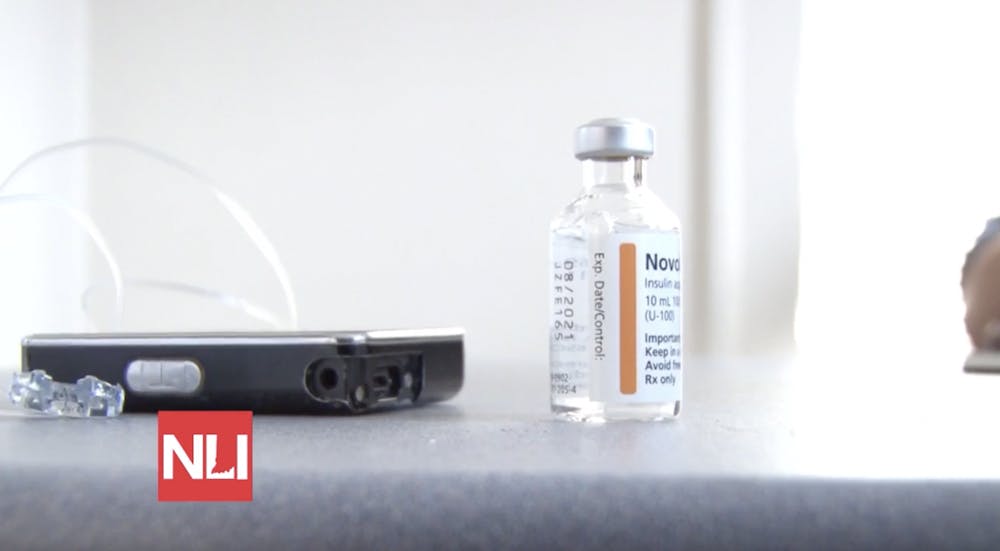MUNCIE, Ind. (NewsLink) - With insulin prices continuously on the rise, some people have been forced to go elsewhere in order to afford it.
In several cases, people have needed to travel to America’s neighboring countries of Mexico and Canada to get insulin at a fraction of the cost that it is in Indiana and in the U.S. in general.
The earliest incident this year took place in February when a mother traveled to Mexico to get insulin for her son. She did this because she was told that a three month supply of insulin would cost $3700 in the U.S. compared to only $600 in Mexico.
Since then, many people followed, making trips out of the country for the drug, with Canada being the most traveled to.
Brandon Clidence, a public health specialist at Ball State and Type 1 diabetic for around 20 years, said while his insurance typically covered the insulin well, there was a time he was scared that it wouldn’t.
“... you can usually get a three months supply for about $110, which I don’t think is unreasonable, and when I had this phone conversation with … the pharmacy, [they] said, ‘well since your insurance doesn’t cover it as well,’ and it was gonna cost between $400 and $500 a month and so, I went through probably two weeks before that got straightened out where I thought the worst.”
While Clidence currently only pays roughly $30 to $35 a month for insulin, relatively speaking, $400 to $500 a month was still on the cheap side. Many diabetics without insurance paid $1000/month for their insulin. These prices have caused one in four people with diabetes to skip their doses, which Clidence said could be life threatening.
“...if you’re Type 1 diabetic, you require that insulin. It’s not a question of can I get by without it, you can’t. If you don’t take the insulin, your blood sugars are gonna spike, you’re gonna have issues. It’s gonna be a problem and you’re basically slowly killing yourself inside when you let your blood sugars rise so high that you’re doing damage…”
Insulin was patented in 1923 by inventor Frederick Banting. Banting refused to put his name on the patent because he wanted it to be the “public’s drug.” This also prompted him to sell the patent for a mere $1. Since then, prices have steadily increased. Between 2002 and 2013, the price of insulin nearly tripled. Since 2014, insulin prices have increased 55%, something Clidence didn’t understand.
“...it’s a drug that’s been around for years, okay, this isn’t a new medication, you know, to where we’re paying for the newness of it,...it’s been around for a while. It never made sense to me why the costs continue to spike.”
When asked if he thought traveling out of the country was extreme, Clidence said his insulin price scare made him consider the idea.
“I don’t think it’s far-fetched at all, in fact, in those two weeks that I thought it was going to happen to us, it was one of the first things I did is started to research where I can get this at a cheaper cost…”
After hearing about people needing to go to these drastic measures, some states and insurance companies wanted to help. In May 2019, Colorado said they were going to cap the price of insulin at $100/month for those who have health insurance. Cigna Insurance said they would cap the 30 day cost at $25, which is a 40% reduction, if an employer that provided the plan chose to opt in to the change.






